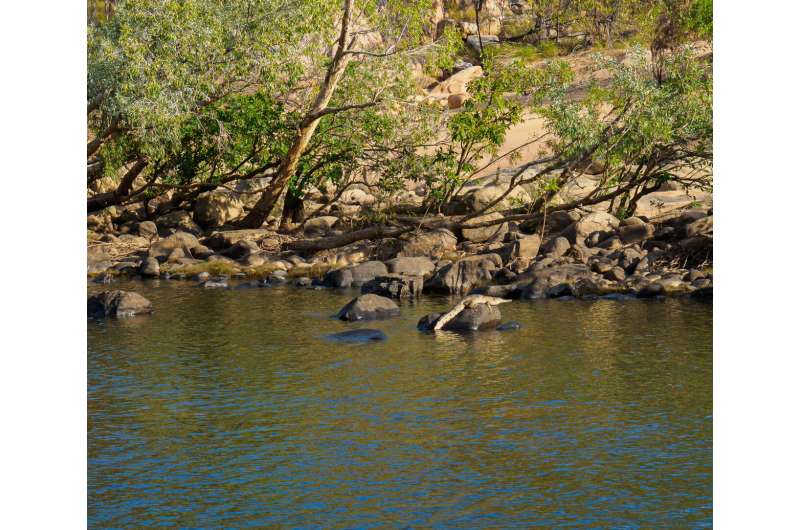Credit: Gordon Gullock
A new study has developed a method to determine the life expectancy and maximum lifespan of wild animal populations.
Life expectancy and maximum lifespan are important factors in wildlife management. They are vital for estimating a species likelihood of extinction, modeling the spread of invasive species and calculating the sustainable harvest of wild populations such as fish.
Life expectancy is defined as the average remaining maximum lifespan. Maximum lifespan is the predicted time a species is expected to live from birth.
"Predicting lifespan for wild animals is difficult, especially for long lived species that may outlive a generation of researchers," says Dr. Ben Mayne of CSIRO.
"Scientists commonly use an animal's oldest recorded age as the species maximum lifespan. But animals in captivity are known to live longer than in the wild. Using life expectancy and maximum lifespan values based on animals in captivity may not be applicable to managing wild populations," he says.
In this study the researchers used the ages of multiple individual animals in a population and applied a statistical modeling method to define a population specific life expectancy and maximum lifespan. Their approach has similarities to what is used in human populations.
One example is the freshwater crocodile, Crocodilus johnstoni.
"The maximum recorded age of an individual freshwater crocodile is 60 years. But our modeling suggests that in the wild most Freshwater crocodiles can only live to 53 years of age. This information can be used to better manage wild populations," Dr. Mayne says.
The study has the potential to redefine life expectancy and maximum lifespan of many animals.
More information: Benjamin Mayne et al. Redefining life expectancy and maximum lifespan for wildlife management, Austral Ecology (2020). DOI: 10.1111/aec.12931
Provided by CSIRO
























